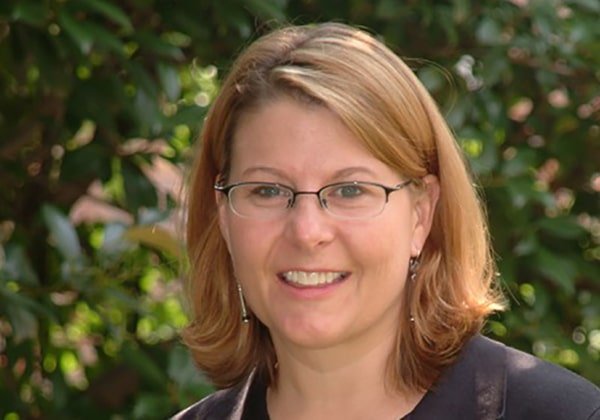Kimberly A. Smith
Biography
Kimberly A. Smith is Technical Advisor for Education at the International Rescue Committee and holds a PhD in Reading Education and has extensive experience in developing programs around the foundations of literacy in humanitarian contexts. In addition to her contributions to the Pakistan Reading Project, she has been involved in literacy projects in fragile contexts across the globe including Afghanistan, Ethiopia, Democratic Republic of Congo, Iraq, Lebanon, Malawi, Mali, Nigeria, Senegal, Sierra Leone, South Africa, and Tanzania.
Speaker: Shahida Maheen
Co-Author: Kimberly A. Smith
Pakistan Reading Project: A cost-efficient model at scale for developing quality reading learning materials and sustainable continuous professional development
In response to the reading crisis in Pakistan, over the last 7 years the International Rescue Committee, through the Pakistan Reading Project (PRP) has reached over 1.6 million children and 26,200 teachers, with reading interventions of contextually appropriate reading learning materials and an innovative teacher professional development model. Two presentations will discuss each part of the PRP approach.
Pakistan Reading Project: A cost-efficient model at scale for developing quality reading learning materials and sustainable continuous professional development
Stream: Sustainable Development
Two Presentations by: The International Rescue Committee
Overview
Reading is a foundational component of learning. Students who do not learn to read at grade level by the end of grade 1 tend to fall behind in all other areas of cognitive development. The gap between the academic achievement of students who do not learn to read by grade 1 and those who did grow exponentially each year, often resulting in low early grade reading achievers to drop out of school.
Students in Pakistan struggle with developing reading skills at grade national standards levels. According to the ASER, 2013 63% of grade 3 and 54% of grade 5 public school students cannot read an Urdu or Sindhi sentence at grade level. EGRA baseline (2013) indicated that letter-sound knowledge, fluency and comprehension skills of grade 3 and 5 students were significantly low in each province.
In response to the reading crisis in Pakistan, over the last 7 years the International Rescue Committee, along with consortium partners Creative Associates, World Learning and International Rural Management have reached over 1.6 million children with reading intervention through the Pakistan Reading Project (PRP). Supported by USAID, PRP has been carried out in 7 provinces/regions of Pakistan: Balochistan, Khyber Pakhtunkhwa (KPK), Gilgit Baltistan (GB), Sindh, Azad Jammu and Kashmir (AJK), Islamabad Capital Territory (ICT), and Federally Administered Tribal Areas (FATA). A variation cost-effectiveness study is being conducted to examine the cost-effectiveness of different ingredients of the teacher professional development model in five districts of KPK: D.I. Khan, Haripur, Karak, Kohat, and Upper Dir.
The theory of change of the project is that if teacher and students have access and utilize quality reading and instruction materials and if teachers have the benefit of consistent focused teacher professional development, that the result would be an increase in student learning achievement and teacher behavior change.
This has proven to be the case. PRP intervention in over 15,000 schools are having a positive effect on students reading performance and teacher instructional practices. The results of the Management Systems International (MSI) third-party evaluator’s midline results demonstrated the trend of improvement in reading skills of the children in every province from 2013 to 2017. Project data of cohort 1 and 2 schools demonstrates that more than 70% teachers are using teaching learning material with high and mid consistency.

